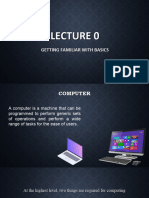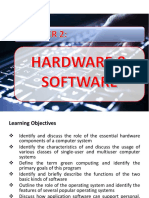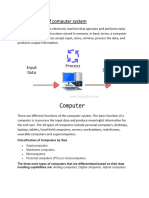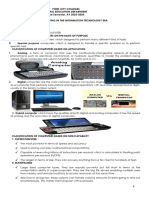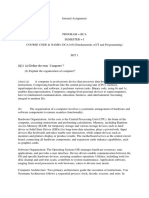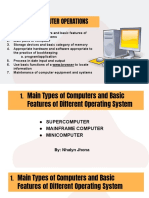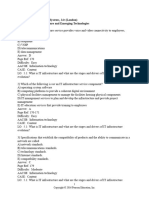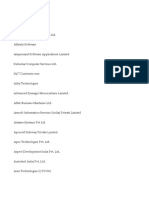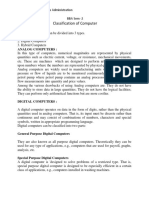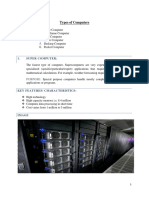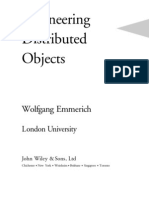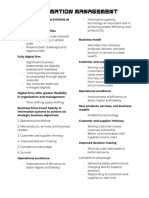0% found this document useful (0 votes)
23 views3 pagesTypes of Computer
The document provides an overview of different types of computers, including PCs, workstations, minicomputers, mainframes, and supercomputers, detailing their definitions, usage, features, and examples. It also explains system software and application software, highlighting their definitions, examples, functions, and features. Overall, it categorizes computers based on performance and purpose, as well as the software necessary for their operation.
Uploaded by
bhuvaneshwaran.t07Copyright
© © All Rights Reserved
We take content rights seriously. If you suspect this is your content, claim it here.
Available Formats
Download as DOCX, PDF, TXT or read online on Scribd
0% found this document useful (0 votes)
23 views3 pagesTypes of Computer
The document provides an overview of different types of computers, including PCs, workstations, minicomputers, mainframes, and supercomputers, detailing their definitions, usage, features, and examples. It also explains system software and application software, highlighting their definitions, examples, functions, and features. Overall, it categorizes computers based on performance and purpose, as well as the software necessary for their operation.
Uploaded by
bhuvaneshwaran.t07Copyright
© © All Rights Reserved
We take content rights seriously. If you suspect this is your content, claim it here.
Available Formats
Download as DOCX, PDF, TXT or read online on Scribd
/ 3


























